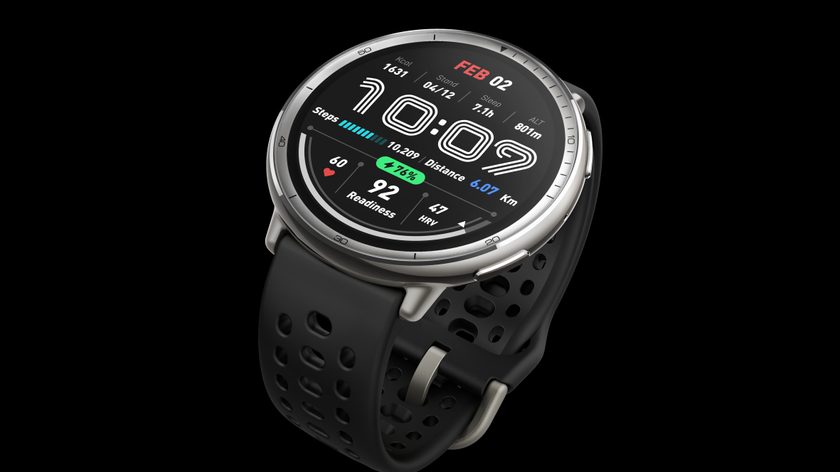Should you switch your trail-running shoes? New research finds runners wearing sneakers with thick soles are more likely to get injured
The study found a connection between reduced ground feel, lack of awareness of strike pattern and higher risk of injury

A new study has found that runners wearing shoes with thick soles or a substantial heel to top drop are more likely to get hurt doing the sport they love.
The research, carried out by a team at the University of Florida Sports Performance Center, found that runners who wore flatter, thinner-soled shoes had a better sense of how their feet were striking the ground, and were less likely to suffer injuries.

Why "foot strike" matters so much
The study, which was published in a Frontiers in Sports and Active Living paper, assessed foot strike in runners. Foot strike is how the foot first lands on, or touches, the ground, whether you are a road runner or a trail runner.
The theory posed by the researchers was that foot strike pattern is often associated with running-related injuries, such as ankle sprains or knee pain, while the ability to modify foot strike pattern depends on a runner’s awareness of their foot strike in the first place.
They said that when runners were wearing thicker-soled running footwear or shoes with a significant drop from heel to toe, they were less aware of their foot contact on the ground than runners wearing thinner-soled shoes. This also meant that if they needed to modify their foot strike to avoid injury they might find it harder to do so.
The researchers did not look at specific brands and the study was not sponsored by any commercial entities.

The difference between thick- and thin-soled running shoes
Thicker-soled running shoes have become very popular over the last decade. It was Hoka in 2009 that first launched their now well-known running footwear with enhanced soles and cushioning.
Advnture Newsletter
All the latest inspiration, tips and guides to help you plan your next Advnture!
Many other running footwear brands have since followed suit, including Saucony and Adidas, with runners reporting that they prefer the cushioned comfort of the footwear.
While greater levels of cushioning is the most obvious difference between thicker- and thinner-soled running shoes, another is 'foot feel' on the ground.
The new American study, entitled Accuracy of Self-reported Foot Strike Pattern Detection Among Endurance Runners, suggested that if runners were not fully aware of their foot strike, then their ability to avoid injuries could be hampered.
A closer look at the research
The researchers examined more than six years of data from 700 runners, aged 12 to 77, focused on injury history and shoe type features, including weight, cushioning and heel height.
They also used treadmills and motion capture videos to analyze running gait and asked participants to identify their running “foot strike”.
The study found that participants wearing thick-sole shoes or those with a big heel-to-toe drop while running had a higher injury rate, and also that they were not as accurate at identifying their foot strike as runners with flatter, thinner-soled shoes.
The scientists therefore theorised that the thick-soled/big drop shoes dampened the runner’s ability to sense and react to the ground, which forced them to rely more on the shoe for stability instead of muscles and joints and led to an increased risk of injury.
But the team also found that many runners were unsure of whether they were heel, mid-foot or forefoot strikers, even those wearing thin-soled shoes, and that people who weren't certain of their foot strike were also more likely to suffer injuries. The study showed that some participants had a false sense of their forefoot striking the ground first when in fact they are rear-foot strikers.
The research did not assess the impact of particular models of running shoes and suggested that further studies need to be done.
- The best trail running shoes: get a grip on the trickiest terrain
- The most comfortable trail running shoes: put your feet first with these lightweight, cushioned buys

Fiona Russell is a widely published adventure journalist and blogger, better known as Fiona Outdoors. She is based in Scotland and is an all-round outdoors enthusiast with favorite activities including trail running, mountain walking, mountain biking, road cycling, triathlon and skiing (both downhill and backcountry). Aside from her own adventures, Fiona's biggest aim is to inspire others to enjoy getting outside and exploring, especially through her writing. She is also rarely seen without a running skort! Find out more at Fiona Outdoors.
Most Popular










